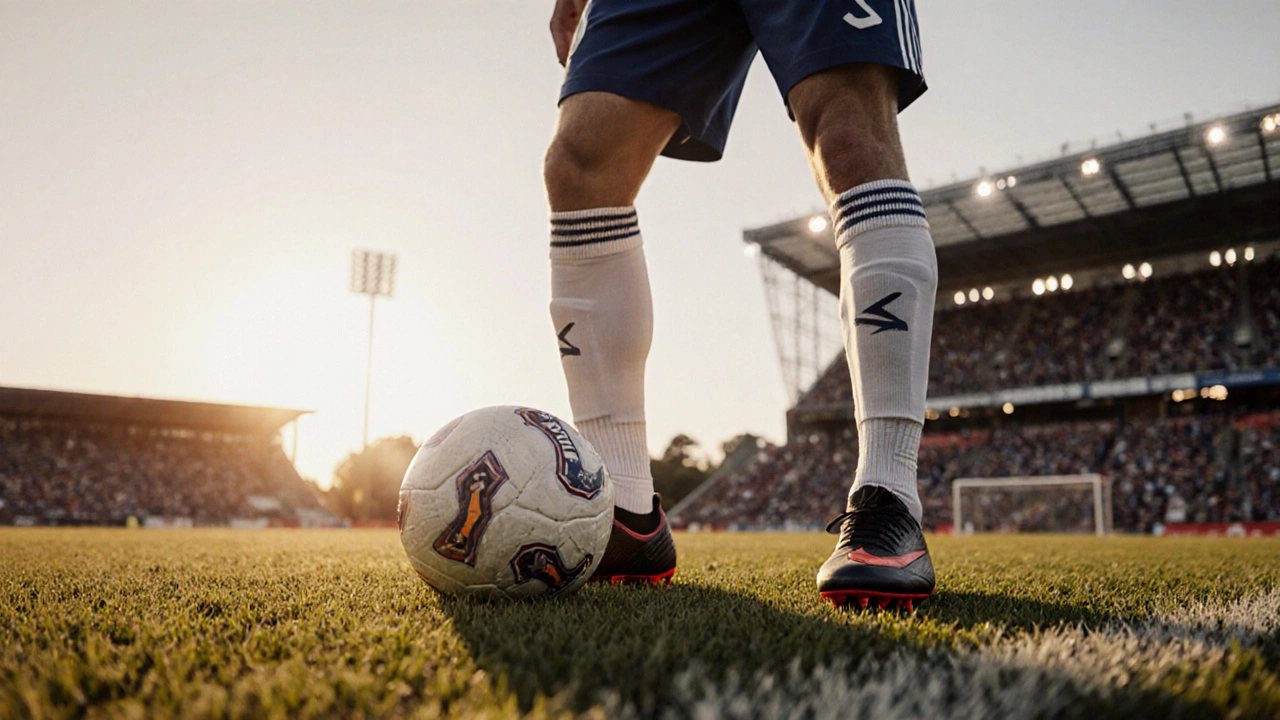Soccer Cleats: Choosing the Right Footwear for the Pitch
When talking about soccer cleats, lightweight shoes with protruding studs designed to give traction on grass or artificial turf. Also known as football boots, they blend grip, protection and comfort so you can sprint, cut and strike without slipping.
One of the first decisions is the cleat stud pattern, the arrangement and shape of the metal or plastic spikes under the sole. Traditional conical studs spread pressure evenly, while blade‑type studs dig deeper for quick acceleration on soft ground. Choosing a pattern that matches the playing surface is a core part of the selection process.
Key Factors When Picking Soccer Cleats
The playing surface, whether it’s natural grass, hybrid turf or fully artificial turf, dictates which stud configuration works best. Soft, muddy fields benefit from longer, more numerous studs, while firm, dry pitches favor shorter, spread‑out studs that reduce excessive grip and prevent injuries. Understanding this link helps you avoid costly trial and error.
Fit and comfort belong to the broader category of sports footwear, any shoes engineered for athletic performance. A snug toe box prevents blisters, while adequate arch support reduces fatigue during a 90‑minute match. Many brands now offer custom heat‑molded liners that adapt to your foot shape, turning a generic shoe into a semi‑personalized performance tool.
Materials and construction are where soccer cleats meet modern technology. Knit uppers provide breathable flexibility, while synthetic leather offers durability and water resistance. Some top models incorporate carbon‑fiber plates to improve energy return on each stride. These tech choices affect weight, ball feel and even how the cleats respond to weather changes.
Beyond the shoes themselves, the right pair works hand‑in‑hand with training habits, injury prevention and game tactics. On Abbey Angels Sports Hub you’ll also find articles about strength drills, nutrition for athletes and the science behind sports equipment—giving you a well‑rounded view of how footwear fits into the bigger performance picture.
Now that you know what to look for—stud pattern, surface compatibility, fit and material tech—you’re ready to explore the specific guides below. Each post digs deeper into a piece of the puzzle, so you can make an informed choice and step onto the pitch with confidence.
Understanding Soccer Equipment: Essential Gear for Every Player

Learn what soccer equipment includes, from essential gear like balls and cleats to optional accessories, plus buying tips, safety standards, and care advice.
